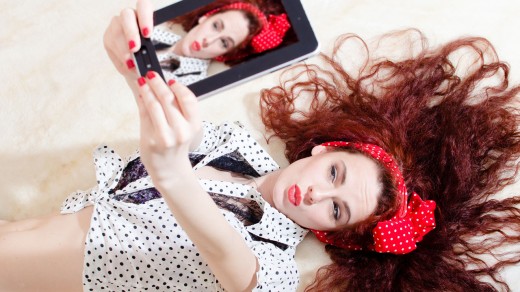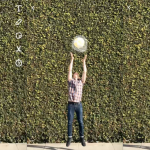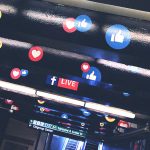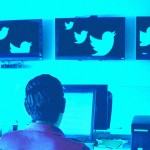Behind The Snappening: Why Snapchat’s Growing Pains Will Likely Continue
The leak of thousands of Snapchat user images might just be the start of the company’s troubles.
It snappened on Sunday: 200,000 nude Snapchat pictures posted to the Internet, the result of a hack first reported on Friday.
And now Snapchat has responded, saying that they will be releasing an open API to help protect users.
The Snappening, as it’s being called, seems to be related to the Fappening, a leak of nude images hacked from various celebrities’ iCloud accounts a few weeks ago (so-named for “fapping,” i.e., masturbating, particularly in front of your computer screen, particularly to nude images of celebrities). Snapchat swears that its servers are fine–and indeed yesterday the administrators of a service called Snapsaved.com came forward to admit that their network had been compromised. Regardless of whose fault it is, however, the Snappening puts Snapchat in an awkward position, and not just where it comes to issues of privacy.
The Snappening touches on some pretty interesting questions for the company. For instance, will Snapchat be able to continue adding new features and capabilities without killing the simple, straightforward user experience loyalists have come to love ? Will Snapchat ever shake its unfortunate association with seedy pastimes like sexting? And–really getting to the meaty heart of the matter–can Snapchat grow into a mature business without alienating its core users?
The use of third-party apps like Snapsaved.com is explicitly prohibited under Snapchat’s terms of use–something Snapchat made very clear on Friday . But the fact that such apps exist, let alone have hundreds of thousands of subscribers, indicates that users want features Snapchat is not providing.
Snapchat claims that its employees “vigilantly monitor the App Store and Google Play” for third-party apps and have “succeeded in getting many of these” taken down, but a quick search of the App Store this morning turned up at least half a dozen offering users the ability to “Save Every Snap You Receive!” (SnapBox) and “Send Any Photo & Video from Your Albums” (Snap Upload). This latter capability has become more important as Snapchat users have become more professional. Like YouTube and Vine before it, Snapchat has become a platform for brands to market to consumers, making anyone with a large following a valuable commodity for advertisers. Up to now, Snapchat has not offered users the ability to save photos and edit them later, which was fine, if inconvenient, for the casual user, but problematic for those with professional Snapchat responsibilities.
From a branding standpoint, Snapchat’s position makes sense. Disappearing images are Snapchat’s reason for being. If the images don’t disappear, but are in fact just like regular images that live on your phone… well, what’s the point?
Unlike today, while other social media companies have made their APIs public and invited developers to go to town on them, Snapchat has remained cagey.
But Snapchat’s position is also a risky one, because it means that Snapchat is effectively tying a decent chunk of its reputation to those of the third-party apps that wind up stepping into the breach. (According to The Verge, there’s also an “unofficial” API in wide circulation.) Snapchat rushed to make very clear that it was not at fault this time, but still, every story about the Snappening is a story about Snapchat, as well. As Business Insider pointed out, a good number of Snapchat’s users are under the age of 17, making nude photos of them effectively kiddie porn, and no brand wants to be associated with that.
Snapchat has so far been either unwilling or unable to reconcile these issues, but that doesn’t seem to have hurt it. It’s been reported that over 100 million people are active on Snapchat every month, and that over a billion Stories (sort of like Shapchat home movies) are viewed each day . Last week, CEO Evan Spiegel said that Snapchat would be releasing its first ad product “soon”, the first indication he’s given of a concrete plan to monetize all of those users and all of those views. And let us not forget the as-yet-unconfirmed round of funding that would value Snapchat at an impressive $10 billion .
Snapchat has maintained all along that actually not very many people sext with the app at all, and reports indicate that the Snappening doesn’t involve nearly as many naked photos as was previously feared. It seems inevitable that Snapchat would have to do something very soon: either get better at policing third-party services or admit defeat, start releasing these capabilities to users, or do both.
Even if it does neither, what is in Snapchat’s future is still anybody’s guess, which is a banal thing to say but also the truth. Snapchat’s whole existence defies logic, and anyway, the Snappening seems to have come and gone without doing any major harm to anyone. I like Snapchat, and I’ll still use it. How long I’ll keep using it, though, depends on how far I can trust it.
[Image: Shutterstock]
(321)














